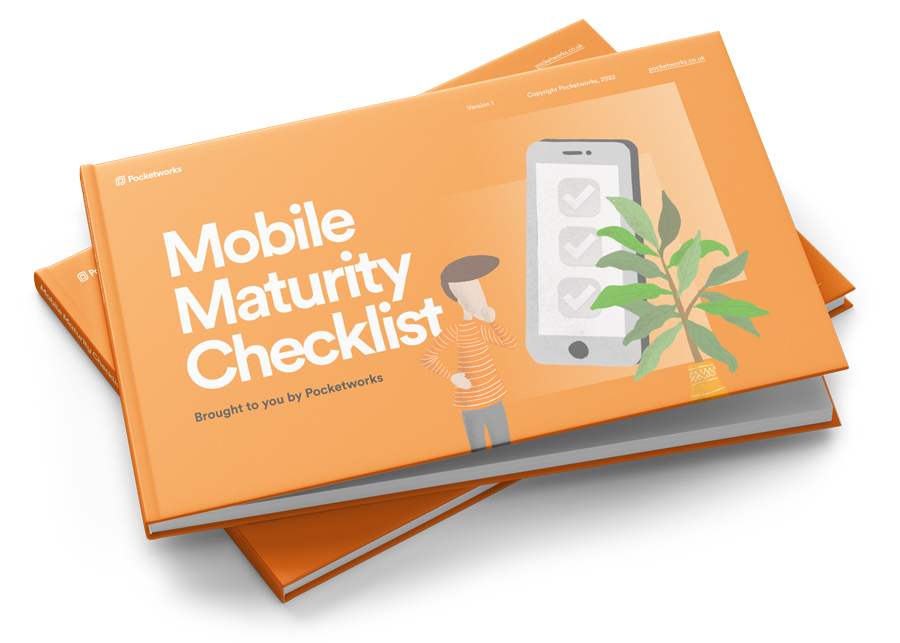If you're anything like me, you want to be able to build great things quickly. You want to get your product in the hands of users and start learning what they think as soon as possible. But you also don't want to sacrifice quality for speed; you need to get it right.
The product discovery process sometimes has a bad reputation with stakeholders. That's where feature discovery comes in - it helps us build better products faster by helping us focus on the feature you're trying to build right now. In this article, we'll discuss the benefits of conducting product discovery for each feature, and how it can help you generate more ideas and build a better product more quickly.
The problem with big upfront product discovery
The way many companies conduct product discovery goes something like this.
- They bring together a team of people - designers, developers, product managers, stakeholders
- They spend weeks or even months doing research.
- They'll talk to users, look at data, and try to understand the problem from all angles.
- And then they'll come up with a big plan for the product.
- Often this involves creating wireframes, polished designs and technical architecture diagrams.
They effectively end up with a waterfall specification - an extensive plan of what to build.
Here's the problem. Waterfall has its strengths, but innovation isn't one of them.
With big upfront product discovery for your app, you're more likely to fall into the trap of placing one big bet on an app idea. If it fails, then the entire investment fails. Whilst you can keep your upfront discovery light, it often doesn't end up this way. Which is why I think it's dangerous.
Some executives love this approach because they are confident in their ideas and want to see them built. This is a very human problem; when you're trying to come up with the perfect solution for a problem, it's easy to get attached to your ideas and overlook better ones.
By moving from upfront product discovery to feature-by-feature discovery, you can move more quickly and avoid big-design-upfront or placing big bets on the favourite idea.
What is feature discovery?
Feature discovery means conducting discovery every time you embark on developing a feature. It's not a replacement for upfront product discovery. However, you will be able to do a smaller upfront product discovery knowing you will conduct deeper discovery on each feature you build.
The goal of feature discovery is to learn about a user's needs before you design, build, and release a solution for that need. This means that you're constantly learning and evolving your product based on user feedback. It's an agile approach to product development that helps you move more quickly, while still maintaining a focus on customer insight, quality and outcomes.
How to conduct feature discovery
A typical discovery process might look like this:
- Learn about a customer problem
- Define it well
- Generate ideas to solve that problem
- Test ideas to see which is the fittest
- Pick the winner and elaborate on it
- Deliver the winning idea and measure it
- Use the learnings and repeat if necessary
For a product discovery, you might be focusing on a big strategic problem. For example "Only 15% of our mobile customers buy online". If you're conducting feature discovery, you'd still conduct an upfront product discovery to dig into this. However, your goal isn't to define an entire solution or app. It's to prove that there is a possible solution that could improve the status quo, without going into the details.
Then, once you have proven that you have an idea that can solve this problem, you then move into proper product development where feature discovery is conducted for each feature you build.
Doesn't this take a long time?
In my experience, feature discovery is pretty quick. You can do research for one feature whilst developing another.
An example may help.
We recently noticed that we were losing 55% of customers in the first 10 minutes of using our app. We felt like this was a big problem to solve. So we started exploring that problem by analysing customer reviews, getting stakeholder feedback and doing some user testing. We then generated three ideas and weighed up the pros and cons of each. In the end, we picked an idea and ran it as an A/B test. The whole process has taken five weeks. This may seem like a long time, but if we can create a 2% uptick in purchase conversions, we'll see almost £0.5m in revenue as a result.
As a small aside, other stakeholders and I were married to another idea that we decided not to go with. The new learnings convinced us that we might be making life too complicated for our customers, so we ended up trying what we felt was a better approach.

